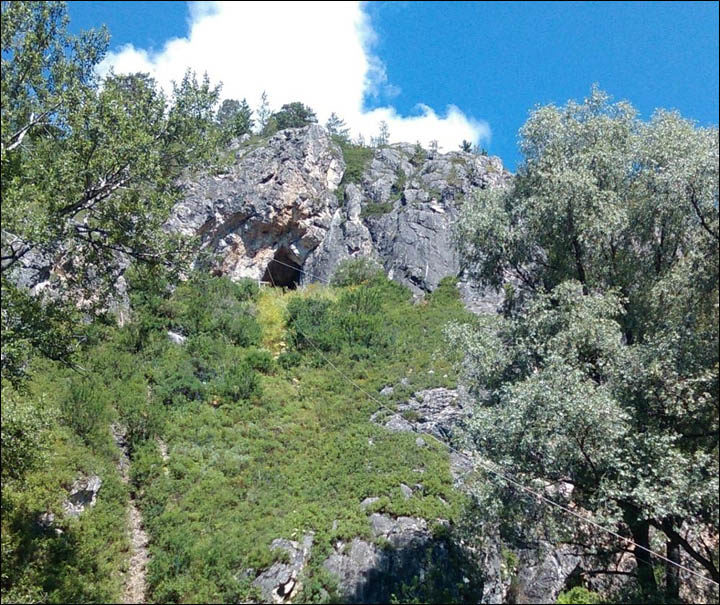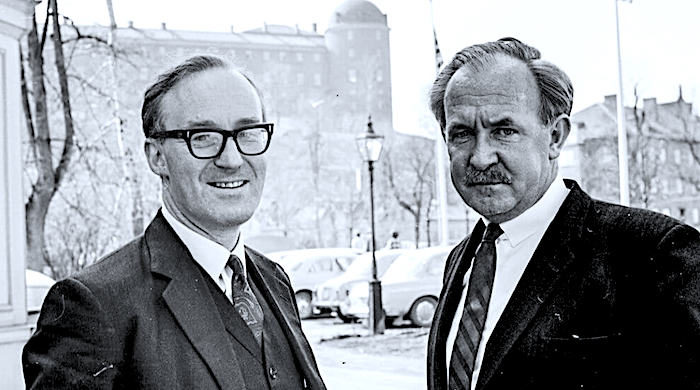
Jan van Risseghem at the controls of an Avikat Fouga jet.
Jan van Risseghem was only a teenager when his mother ordered him to flee Nazi-occupied Belgium for her native England with his brother Maurice. After hiding in a convent, and an epic journey across the war-torn continent, they reached safety in Portugal, then took a ship north.
Once in England, the pair signed up with the Belgian resistance, and with the help of an uncle enrolled for flight training with the RAF, a decision that shaped not just their war, but the rest of their lives.
Half a century later, flying skills he learned in Britain would also make the younger van Risseghem internationally notorious, when he was publicly linked to the plane crash that killed Swedish diplomat Dag Hammarskjöld, the UN secretary general, in 1961.
His plane, the
Albertina, came down in forest just outside the town of Ndola in present-day Zambia, then Northern Rhodesia, just after midnight on 18 September, as it approached the town's airport.
Fifteen people on board died immediately, and the only survivor in hospital a few days later.
The same day, a US ambassador sent a secret cable - one that stayed buried in files for decades - speculating about possible sabotage and apparently naming Van Risseghem as a suspect.But his name would not be connected with Hammarskjöld's in public until many years later, after the Belgian pilot had returned to his quiet hometown of Lint with his British wife, raised two sons and mourned the death of one, retired, and then died a war hero himself.



Comment: See also: Laser technology shines light on South African lost city of Kweneng